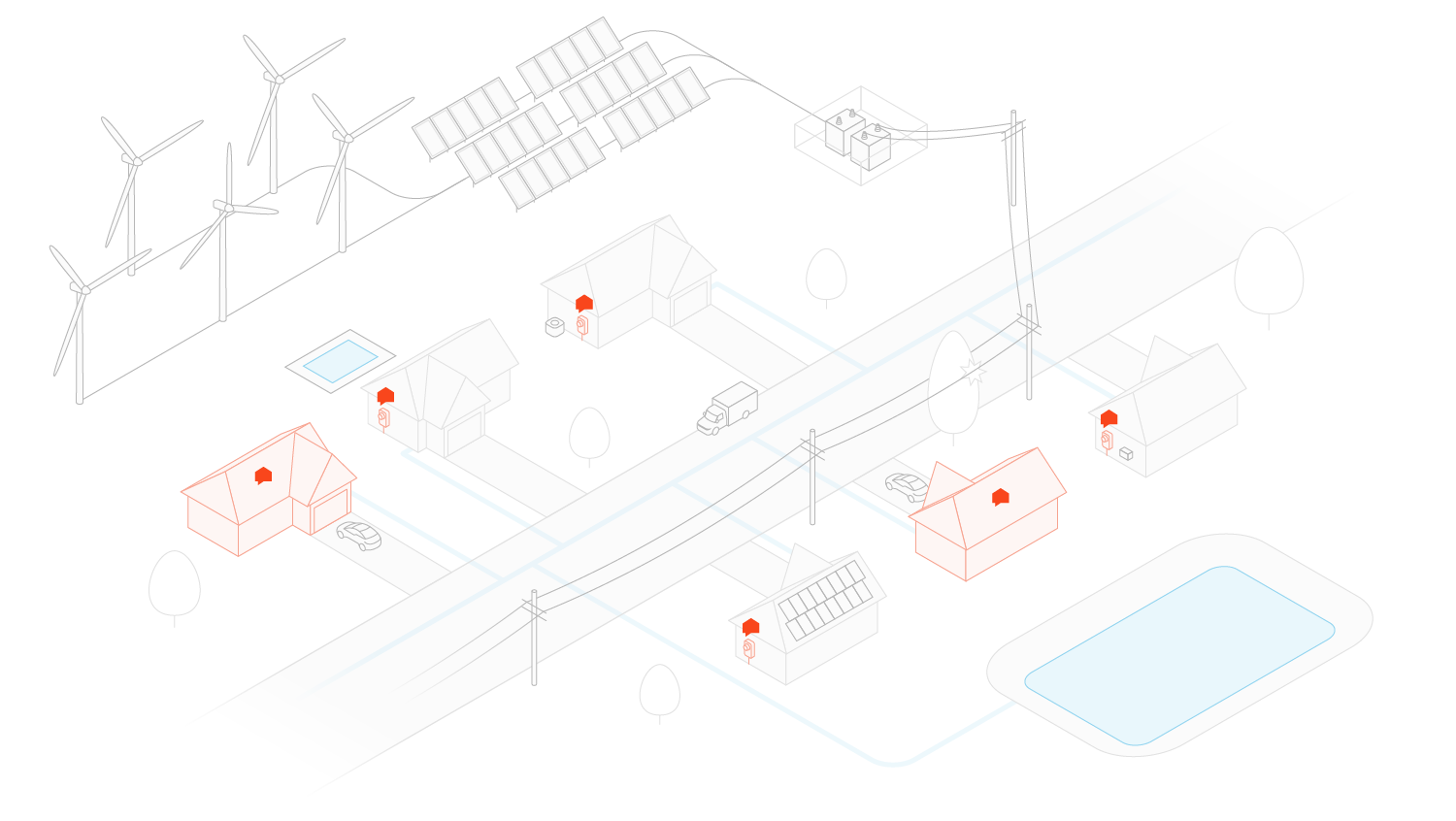FAQ: How much data does high-resolution real-time load disaggregation (using Grid Edge computation) generate and where does it all need to go?
Until the arrival of Next Generation Smart Meters (NGSMs), smart meter manufacturers have only needed to worry about the 2-way transmission of relatively small and discrete pieces of data, transmitted over the DNO’s AMI (Advanced Metering Infrastructure).
NGSMs bring with them the ability to pass high-resolution metrology data into sophisticated grid edge compute engines in order to bring a wealth of real-time insight to homeowners, grid operators and energy retailers.
But what does this mean for data transmission?
It’s a frequently asked question and we hope this short article will help to demystify.
Heavy Lifting at the meter
Whilst it is true that NGSM capabilities require very high-resolution metrology data as their input, consuming at least 15k samples-per-second of voltage and current directly at the meter, most of it stops there. Sophisticated AI algorithms run directly at the grid edge to process and transform this raw data into the key features required to perform tasks such as load disaggregation and grid-edge fault detection. In other words, device and fault detection happen right there at the meter – not in the cloud. This is fundamental to the success of these capabilities.
From the meter to the outside world is over the homeowners wi-fi
The primary output from such high resolution grid-edge algorithms is in fact, rather small in size. They are byte-sized notifications and alerts such as: ‘the air conditioning (or heat pump) just turned on and is consuming 1.6kW’, ‘the hair dryer just turned off’, ‘there is a floating neutral at this house’, ‘there are signs of vegetation brush causing voltage dips at this home’. These insights are most valuable in close to real time but are far from bandwidth intensive, requiring just a few bytes to be transmitted to the interested party, be it the DNO, the electricity retailer or the homeowner. This information would be transmitted over the homeowner’s WiFi to the Sense cloud and from there to the interested party, on a need to know basis…
Where the homeowner’s WiFi is not a workable solution, 4G/5G networks are a possibility.
Role of the cloud
Cloud computing does have an important role to play in supporting NGSMs. Whilst tasks such as real-time device detection need to be performed at the meter using the high-resolution data feed, these detectors are very house specific and need to be learned over time. For that reason, pre-processed power data from each home needs to be exported to the Sense cloud, and this is readily transmitted over the homeowner’s WiFi.
The key here is that the data transmitted has been pre-processed by the grid-edge computer and as a result, the bandwidth requirements are much more modest than one might expect based on the high resolution of the raw metrology data. In fact, on a typical rolling basis it amounts to 5-10MB per day over WiFi (rising temporarily during the first month of intensive learning), which is a lot less than a typical video doorbell or security camera. These data volumes are directed to the Sense cloud, not DNO systems. Consumers receive real time device updates when they open their app, but DNO’s receive insights on a need to know basis, so the levels of data received by their systems is very manageable. Event signals need to be real-time in order for them to be of use to the homeowner (or DNO or retailer) but the processed power data for AI learning is not time sensitive and can be batched in order to avoid WiFi congestion.
Periodically, learnings from the cloud-based AI engines, such as house-specific device detection models, need to be sent back to the grid-edge processor by way of an OTA (over the air) update. Again, this does not have a real-time requirement and so can be performed as and when the WiFi network allows.
What about AMI?
AMI is not required for high-resolution grid-edge intelligence. That said, a subset of key outputs/events could be also transmitted over AMI if desired.
What’s the incremental capability required at the meter?
Whilst real-time, high-resolution grid-edge processing can run directly on a meter equipped with sufficient processing power and storage etc, it can also reside on a module that takes as input an analogue feed (via a suitable port) of the respective currents and voltages of each phase from the meter. Additional (and critical) details are available under NDA from Sense.
Conclusion
In short, high-resolution grid-edge processing does not imply an increased burden on existing AMI networks. By using the homeowner’s WiFi and grid-edge computing local to the meter, next generation real-time insight can be used to cost effectively engage the homeowner, unlock demand side flexibility and reduce the cost and complexity of the energy transition.
